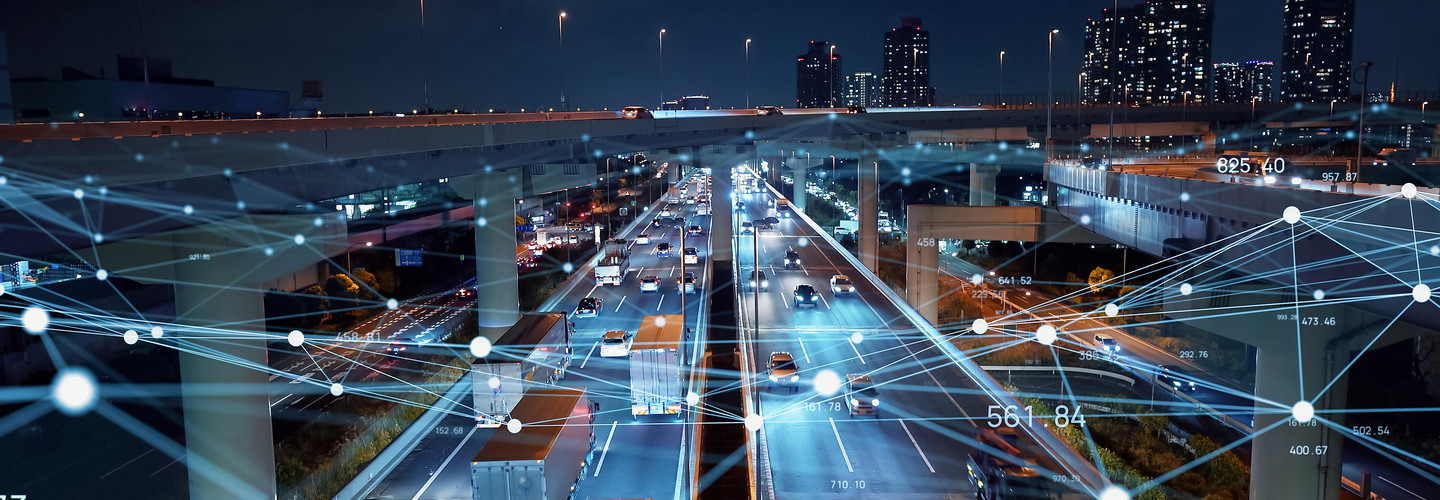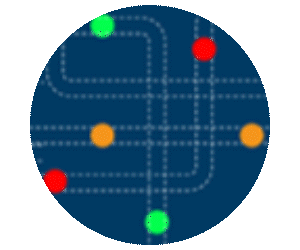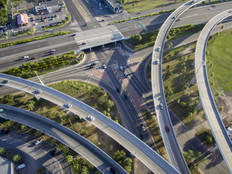Using Geolocation Data for Efficient City Planning and Operations
Before beginning a project, city planners must consider a variety of factors to be efficient and successful in their efforts. Chief among these are an area’s traffic and transportation patterns. Fail to resource appropriately — or forecast accurately — for future critical infrastructure needs such as roads and bridges, water mains and drains, and public utilities such as power and telephone lines, and the results can be disastrous.
But even if planners are simply designing a road expansion to make commuters’ lives more pleasant, they must understand typical traffic patterns and driving behaviors. Geolocation data is vital in this regard because it provides applicable, real-world insight into the most heavily trafficked areas at all times of the day.
Another area where geolocation data can be valuable is energy use. When building smart cities, one of the most significant topics of discussion is energy optimization. Cities are increasingly deploying Internet of Things-connected devices to help them function more smoothly and efficiently. Think automatic street, park and neighborhood lights, for example. Many cities have hundreds, if not thousands, of connected lights.
Smart cities are built on data collection, and geolocation data is a high-fidelity source of real-world usage patterns that can inform the creation of advanced strategies and algorithms to meet a city’s energy goals. For example, a city may use artificial intelligence to set rules to determine how long lights are on and off within a given area, or use geolocation data to forecast energy needs based on current population concentrations.
Finally, the speedy delivery of public services and emergency responses is vital for any community. The COVID-19 pandemic has shown that governments need real-time information about what’s going on in their communities. Using geolocation data, state and local governments can identify and report on congested locations over time. Additionally, in cooperation with local mandates, telecommunications service providers can serve as an independent barometer for social distancing efforts. Their location data can help validate crowd reduction goals around beaches, parks, other public places and nonessential businesses.
EXPLORE: FirstNet broadband has been making a difference for first responders.
Processing Smart Data in Real Time and Privacy Considerations
All of this said, geolocation data is less meaningful to city planners and government officials if it cannot be collected and processed in real time, 24 hours a day, seven days a week. Cities and their residents are constantly evolving, which means the data will too. Real-time data enables more efficient use of resources and an in-the-moment understanding of citizens’ needs, patterns and behaviors.
However, it’s important to note that the large amount of consumer data generated can pose significant privacy risks. Geolocation data also must be fully anonymized to ensure compliance with applicable federal, state and local privacy laws and regulations.
Accurate and timely data is essential to city planners, whose mission is to design places that are truly built for the people. At the same time, 5G geolocation data is currently underused and holds tremendous potential to inform all kinds of planning and operation. From prioritizing infrastructure projects to meet real-world usage patterns to helping local governments manage energy needs, public health and emergency responses, expect to see its use grow as the technology matures.










